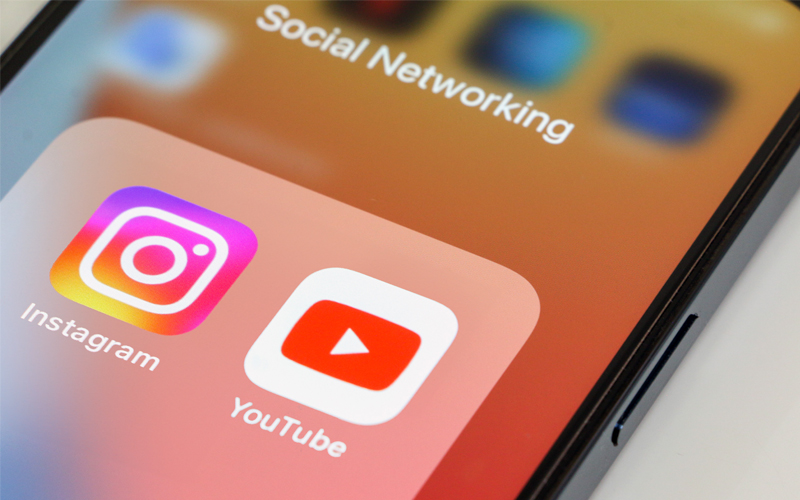Each time a new digital channel captures the public’s imagination, plenty of business leaders scoff. “Our company isn’t about funny cats or dance moves,” they groan as they brush some eager employee’s idea aside.
Those leaders probably know Google is the biggest search engine, but they have no idea that YouTube ranks second. Nor do they realize more than 150 million of their neighbors in the U.S. regularly scroll through Instagram. Ask around the office and you’ll get a sense of just how popular the app has become.
Right now, you may be protesting that I’m talking about consumer behavior, but your company markets to businesses. Nearly all the work we do is in the business-to-business space, and B2B marketers cannot afford to lose sight of two things. First, companies don’t buy things — people at those companies do — and even when people are buying industrial equipment, they behave like consumers. Second, it doesn’t matter how much you personally dislike tools such as Instagram. If that’s where your target audience is getting their information, you need to be there.
Using these channels is not just a smart move because of their popularity. Both are great ways to communicate with key audiences. Handled well, both are remarkably effective at piquing people’s interest and drawing them in for deeper engagement. It’s especially true for millennials and younger audiences, who’d rather learn on their own instead of by sitting down with one of your sales reps.
As a visual-first platform, Instagram excels at using images and brief videos to tell meaningful stories. It’s ideal for short, simple messages designed to connect and boost engagement with viewers at an emotional level. YouTube has become the overwhelming go-to platform for longer content, especially tutorials, product information, and developing thought leadership.
Both are also powerful and compelling ways to share the advantages of what you offer and how it will solve your audience’s daily pains and make their work and lives easier. They’re perfect for product demonstration, for case studies, for customer support — the list goes on and on. And if you’re getting a dozen calls a day from people asking the same question — such as how to change the batteries in your product — developing and posting an instructional video will not only get the answer to them more quickly, but it will save your staff the frustration of being interrupted from other tasks to explain the same thing again and again.
Is either YouTube or Instagram useful for your company? As with any communications channel, start the process by determining your marketing objectives. Are you aiming to build brand awareness, engage with your audience, generate leads, or something else entirely? Who is your target audience and what do they need? If you want to distinguish your brand, build your audience, and promote customer loyalty, Instagram is a viable avenue. If you’re trying to explain something more complicated, posting a video on YouTube and embedding a link on your website may be the way to go.
You also need to consider your ability to create and maintain content. Generally, Instagram tends to be simpler and easier. Producing a YouTube video may involve more effort.
Other points you’ll want to consider include:
- Changing tastes. A decade ago, viewers expected to see slick, professionally produced videos. Today, there’s more of a demand for authenticity. Viewers will excuse more amateurish production if the video delivers what they want to know.
- Be brief. Our attention spans continue to become shorter and we’re less likely to invest several minutes to watch a video. Given the choice between a five-minute video explaining a product feature and a 60-second version, the vast majority of viewers will opt for the short version.
- Say less. When creating a video, there’s always a tendency to add this and mention that, turning what could be a simple 90-second message into a confusing grab bag that’s several minutes long. Instead of producing one video covering every point, break it into separate shorter videos and you’ll get more (and happier) viewers.
- Caption it. Closed captioning isn’t just for viewers with hearing impairments. Many viewers will covertly watch videos in meetings and other situations in which listening might be inappropriate or awkward. Plus, using captions minimizes the potential for misunderstanding what’s said — especially true when the people in your video speak with accents.
Finally, never lose sight of the importance of branding. Every single message should clearly identify your company and present your image consistently. Whether it’s a short clip or a detailed exploration of a solution you offer, make sure it reflects and strengthens the reputation you’ve worked tirelessly to establish.
Deborah Daily is co-owner of Buckaroo Marketing | New Media.
Published: April 30, 2024
Website Link: Inside Indiana Business – 04-30-2024
PDF Version: Inside Indiana Business – 04-30-2024 (PDF Format)

